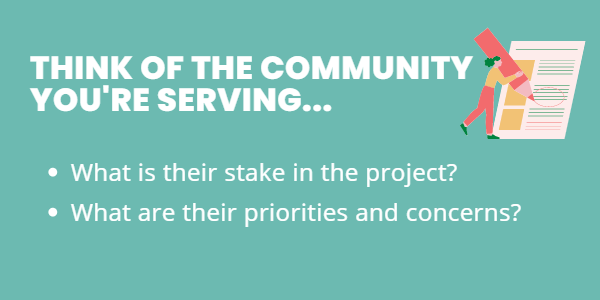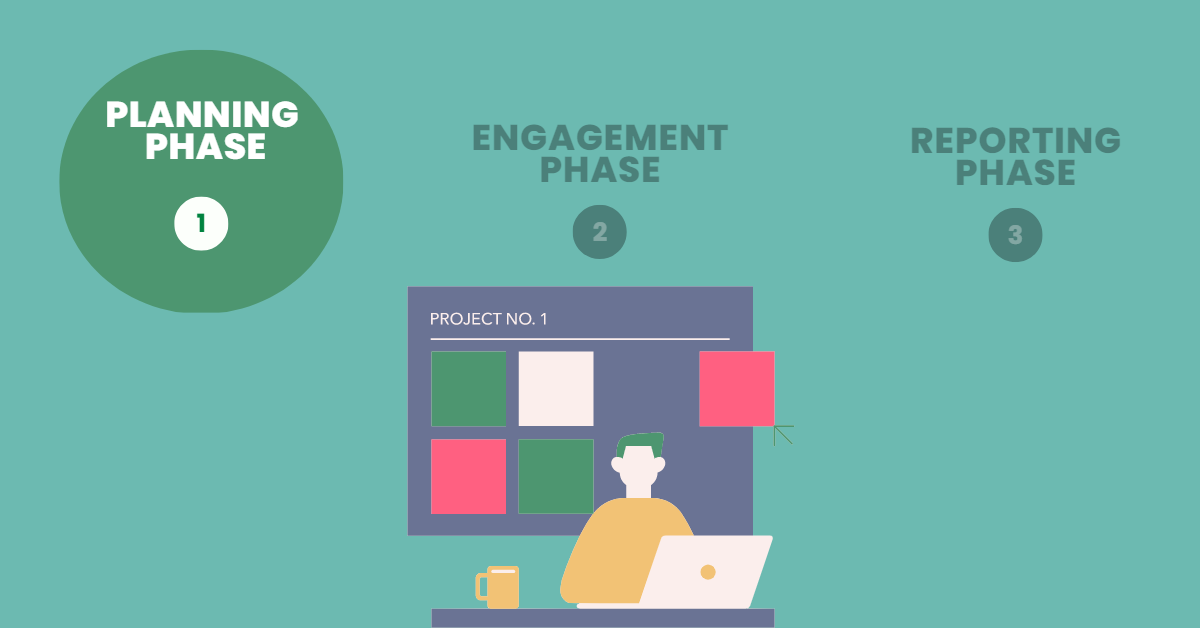4 Steps to Remember When Planning Your Virtual Public Involvement

Our newly released Virtual Public Involvement Checklist for Success is a must-read guide that provides dozens of questions to consider during the three phases of public engagement: planning, engagement and reporting.
The first step in every virtual public involvement project is the planning phase. Understandably, at the beginning of every new public engagement plan, you may feel uncertain or overwhelmed about the scope of your project. We want to help!
In this new blog series, we will dig a little deeper and provide context to our extensive list of guiding questions and hopefully give you more clarity on how to approach your VPI projects moving forward—so, to kick it off, let’s talk about the planning phase!
- Understanding the Scope of the Project
- Understanding the Scope of Public Involvement
- Selecting the Right Tools
- Designing the Right Experience
← REPORTING PHASE ENGAGEMENT PHASE →
The Planning Phase
1. Understanding the Scope of the Project
What is the purpose of your project?
The first step to every new virtual public involvement project is determining the what, where, how and when. Before reaching out to community members, you should conduct research on the real issues in your area to build credibility. Ensure that your project team is on the same page and there is a clear alignment internally across the board. Once you are acutely aware of the problem you’re trying to solve, it becomes easier to determine the best way to proceed.
To define the scope of your project, bring your team together to define your objectives, timeline and the level of participation you require — the answers to these questions will guide you through the engagement process and beyond!
2. Understanding the Scope of Public Involvement
Who do we need to engage? How have we engaged these communities in the past? What worked/what didn’t?

You should begin to ask yourself what role public involvement will play in your project’s outcomes. Consider the background and context of your project. Who are the people likely to be affected? What issues are most pressing for these people? Conducting research on your community’s demographics can help pave the way for how you approach your VPI outreach. Now more than ever, equity, diversity and inclusion are top priorities when it comes to measuring successful results. Be prepared to set aside any preconceived notions or biases as you begin building your survey.
What are your community demographics? Consider:
- Education levels
- Socioeconomic status
- Languages
- Age groups
- Abilities
3. Selecting the Right Tools
What tools/resources do you have available?
While online engagement may be some people’s preferred method of participation, this is not the case for everyone; adapting a hybrid engagement model may be more beneficial.

Your public engagement strategies should reach your target audience through their preferred methods of communication so they in turn feel more inclined and welcomed to participate. To maximize the diversity of public participation, your team may need to use a mix of tools to accommodate different needs and preferences.
When developing your public engagement tools, it’s wise to consider the common barriers teams face, such as language, technology, limited time, internet access and lack of knowledge.
4. Designing the Right Experience
How can we make it as fast, easy and free from jargon as possible?
For online surveys we recommend aiming for a five-minute experience. The first step is figuring out how to educate your participants so they feel well-informed when giving their input. Think about formatting: online surveys that use images, graphics and interactivity can make the survey-taking process fun and informative. What will make your survey most meaningful to participants? The more meaningful the experience feels, the more likely participants will be to share the survey with their peers. Here are three main takeaways to consider:
- Collect demographics/zip codes to evaluate diversity
- Blend quantifiable questions with options for open-ended comments
- Allow people to add comments directly on a map for more clarity
Read our Virtual Public Involvement Checklist for Success, vetted by experts from 30+ DOTs and MPOs!

